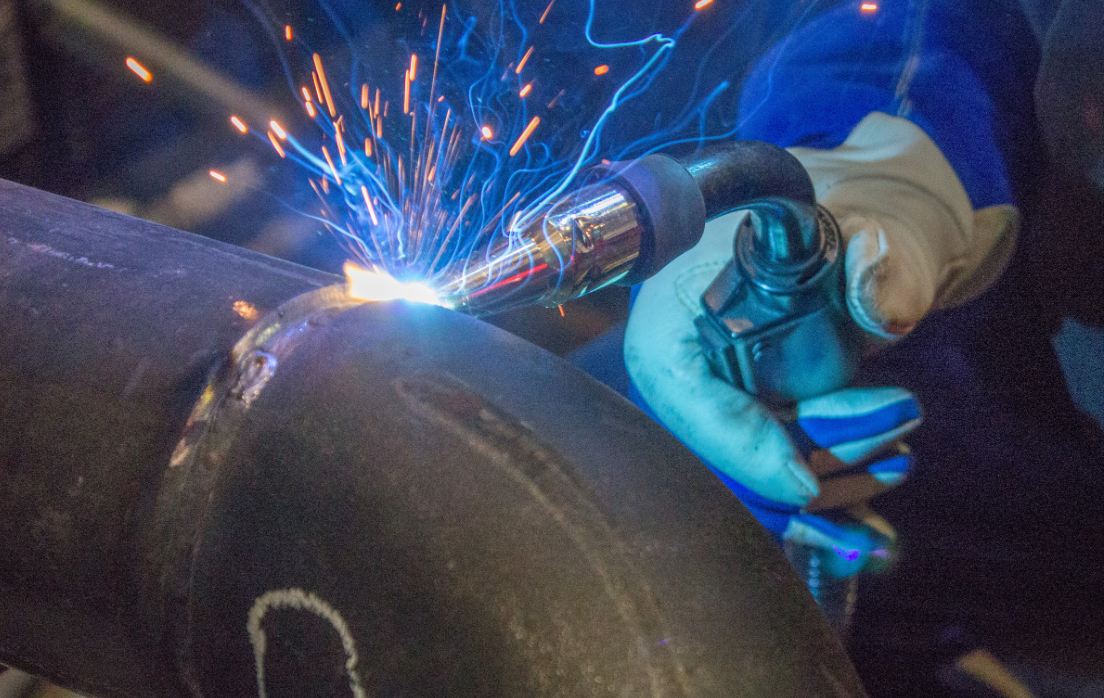Welding is a process that joins two pieces of metal together by using heat and pressure. This process can be done in several ways, but the most common method is welding pipe.
It is a relatively simple process, but it’s important to follow the proper steps to ensure a strong and secure joint. In this guide, we’ll walk you through the basics of welding so you can get started on your next project.
The types of welding pipes
It can be divided into two categories: welded and seamless tubes. Orbital tube welding is made by joining two or more pieces of metal with a welding process such as arc welding or gas welding. Seamless tubes are made by continuously drawing metal into a tube shape without any breaks or joints.
Seamless welded pipe (SWP) is the most common type of pipe used for industrial purposes. It is made from sheet steel that has been rolled into a tube shape using rollers on an automated production line. SWP has smooth inner and outer surfaces, which makes it more durable than conventional pipes that have been cut from solid bars of iron or steel.
The benefits of welding pipe
The main benefit that comes with welding is its durability. This material is built with high-quality metals that will not rust easily and break easily.
Durability –
It is made with durable metals that will not rust easily and will last for years without needing any maintenance at all.
Strength –
They are strong enough to support heavy equipment and machinery without breaking under pressure. They can also hold up against extreme weather conditions without falling apart or breaking down over time.
Cost-Efficient –
When compared to other types of piping materials, such as plastic or aluminium, welding is much more cost-effective because they last longer and do not require much maintenance at all after the installation has been completed on a job site.
The drawbacks of welding pipe
While it can be an excellent choice for certain applications, it does have some disadvantages that you should consider before buying it. For example:
Welding is expensive:
Welding is an expensive process because workers must be paid for their time, and equipment must be rented or purchased for the job. This makes welding more expensive than other methods of joining metal pipes together.
Welds aren’t always perfect:
Welding pipes aren’t always as strong as they appear to be on the surface; they often contain small cracks that may not be visible to the naked eye but can compromise the integrity of your system over time if left unchecked. For more information visit our Website.

